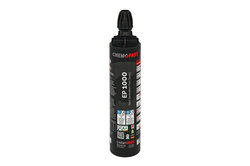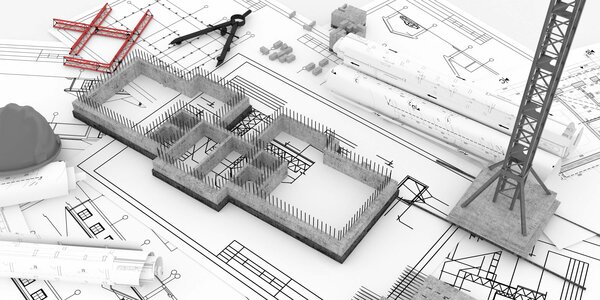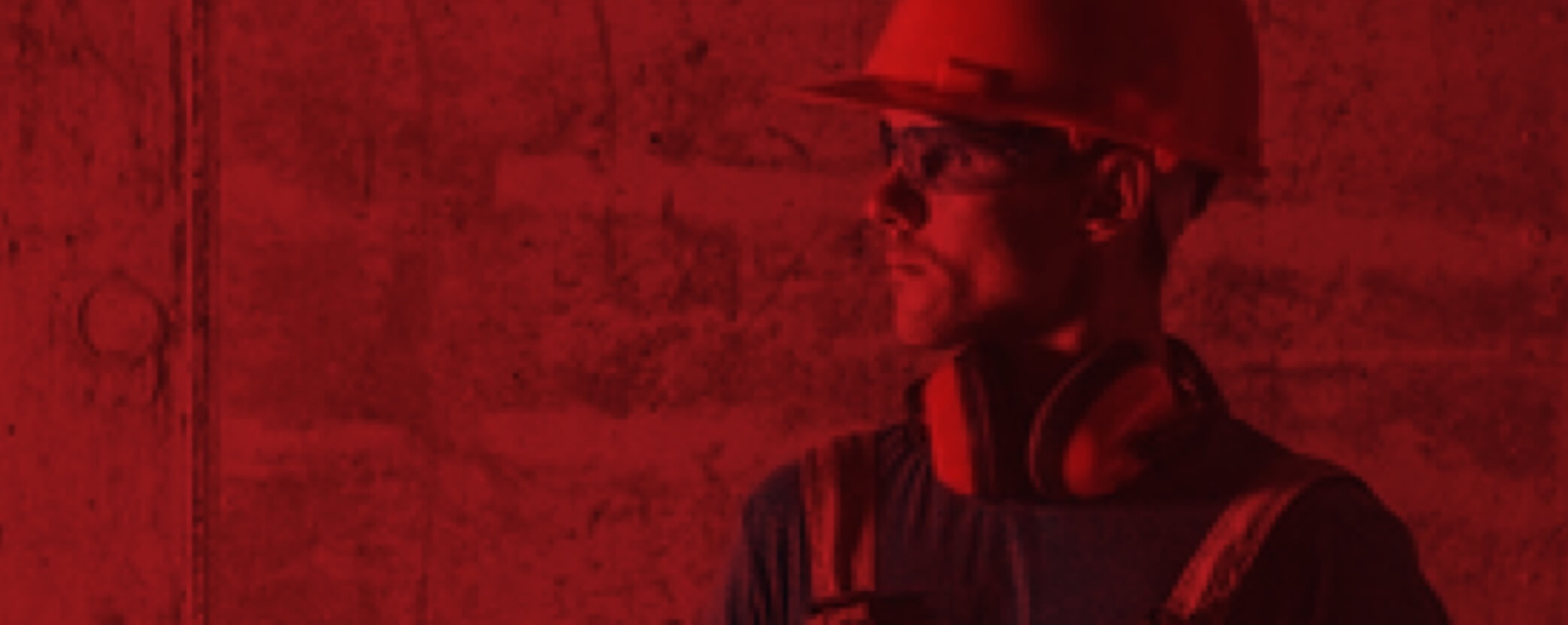
REBAR
Subsequent reinforcement connection aka Rebar
Especially in our densely populated world, it may be necessary to extend structures. For this purpose, one can of course resort to attachments made of wood or steel and fasten them to the existing structure by means of heavy-duty dowels. Often, however, it is desired that the new building integrates seamlessly with the existing one. For this purpose, there is the possibility of extending reinforced concrete components such as slabs, columns or walls with the help of subsequent reinforcement connections. For this purpose, reinforcing bars are anchored into the existing concrete structure using an injection mortar system.
This injection mortar system requires an approval/assessment (ETA) for subsequent reinforcement connections (Rebar for short). The ETA regulates which diameters, anchoring depths and loads are permissible. Once the rebar has been installed in the existing concrete structure, the new component can be concreted on site. The two components are then joined together, almost as if they had been produced in one pour. The structure can thus be extended in the same architectural style. In addition, aspects such as load transfer, fire protection or building physics conditions can be easily met.
When selecting a product, a choice can be made between fast- or slow-curing composite mortars. There is no right or wrong here. Boundary conditions such as temperature, borehole diameter, drilling method or setting depth determine whether a system with a short or long working or curing time makes more sense.
In general:
The installation of post-installed reinforcement connections may only be carried out by trained specialists.







